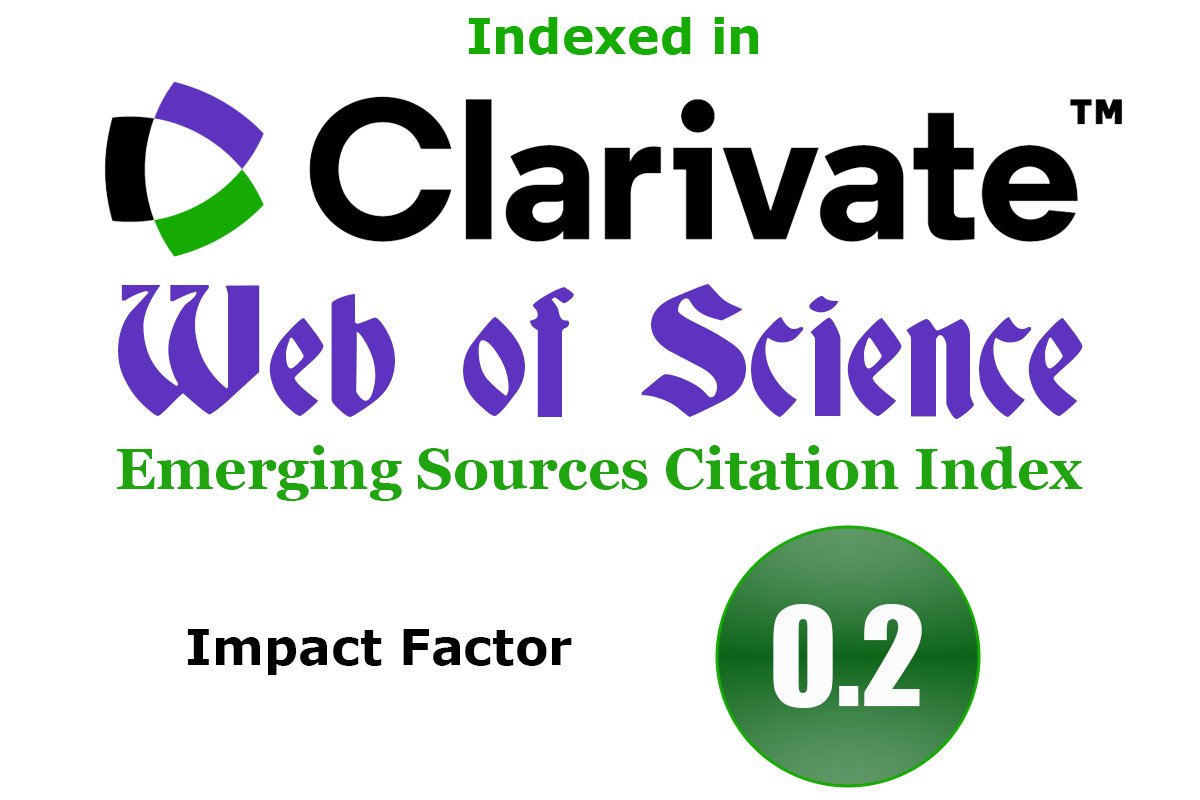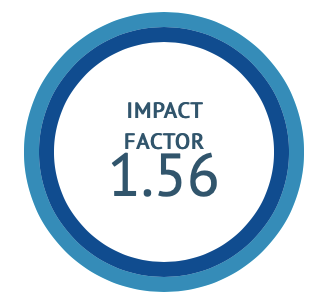Preliminary pharmaceutico - analytical analysis and FTIR evaluation of Bhallataka (Semecarpus anacardium) before and after purification using Narikela jala (Coconut water) as shodana media
DOI:
https://doi.org/10.47552/ijam.v16i3.5929Keywords:
Analysis, Comparative analysis, Physico-chemical, Marking nut, Poisonous drugAbstract
Bhallataka (Semicarpus anacardium Linn), commonly known as Indian marking nut, is a poisonous plant that is therapeutically used after proper shodhana (purification) in Ayurveda, an Indian system of medicine. Therapeutically, it is used extensively in the management of many diseases like Arshas (piles), Arbuda (cancer), etc. According to the Drugs and Cosmetics Act (India), 1940, it is mentioned in Schedule E-1 drugs (Poisonous drugs). The fruits of bhallataka (Semicarpus anacardium Linn) have their own poisonous property, and the oily fraction in the pericarp of the fruit is responsible for the toxic nature of the drug. Therefore, it should be used therapeutically only after proper shodhana (purification); as injudicious use of ashuddha (impure) bhallataka may result in toxic effects. It is hazardous to humans due to its irritant property, causing symptoms like burning sensation of the skin, blister formation, ulcer, and so on.
Various shodhana (purification) methods are mentioned in the Ayurvedic literature. Bhallataka shodana was done as per the reference, and preliminary analytical study, phytochemical evaluation, and FTIR analysis were conducted to understand the impact of shodhana (purification) on bhallataka (Semicarpus anacardium Linn). These obtained pharmaceutical standards can be taken as a reference for further research to know the impact of shodhana on ashuddha (impure) bhallataka and to compare the physicochemical parameters of ashuddha (impure) bhallataka and shuddha (pure) bhallataka (Semicarpus anacardium Linn).
Downloads
Published
How to Cite
Issue
Section
License
Copyright (c) 2025 International Journal of Ayurvedic Medicine

This work is licensed under a Creative Commons Attribution-NonCommercial-ShareAlike 4.0 International License.
The author hereby transfers, assigns, or conveys all copyright ownership to the International Journal of Ayurvedic Medicine (IJAM). By this transfer, the article becomes the property of the IJAM and may not be published elsewhere without written permission from the IJAM.
This transfer of copyright also implies transfer of rights for printed, electronic, microfilm, and facsimile publication. No royalty or other monetary compensation will be received for transferring the copyright of the article to the IJAM.
The IJAM, in turn, grants each author the right to republish the article in any book for which he or she is the author or editor, without paying royalties to the IJAM, subject to the express conditions that (a) the author notify IJAM in advance in writing of this republication and (b) a credit line attributes the original publication to IJAM.




